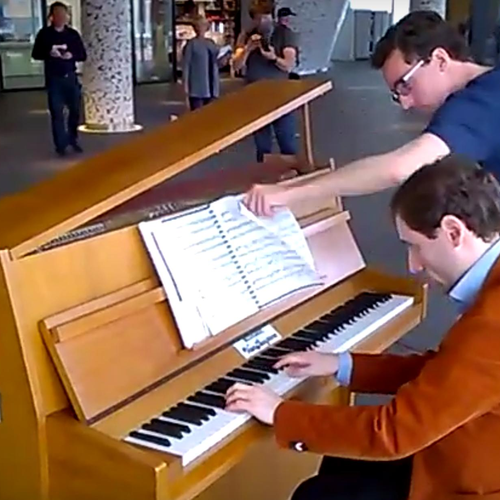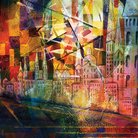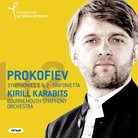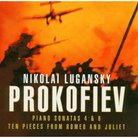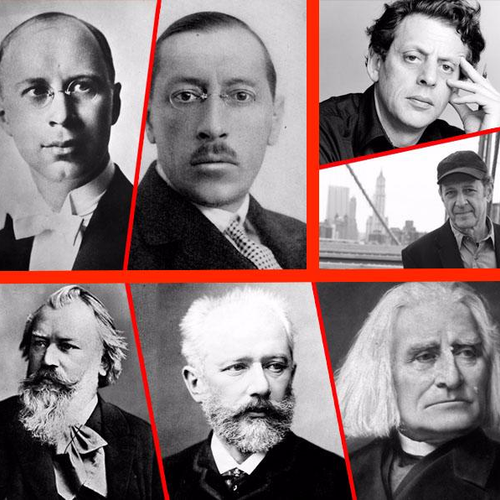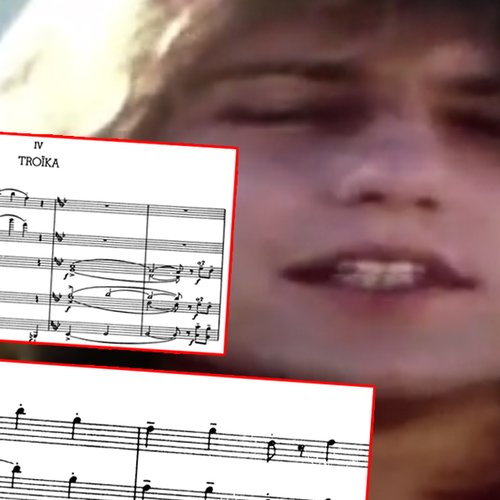A step-by-step guide to Peter and the Wolf
16 May 2018, 16:43 | Updated: 16 May 2018, 17:04
What connects Alice Cooper, Bill Clinton, Boris Karloff and David Attenborough?
They have all narrated one of the most popular pieces of classical music in the world – Sergei Prokofiev’s Peter and the Wolf. Recorded more than 400 times in 12 different languages, this symphonic fairytale uses a cast of vibrant characters and a charming story to introduce children to some of the different instruments of the orchestra.
Prokofiev wrote Peter And The Wolf during a golden period of his career. Romeo and Juliet was in the pipeline, he’d moved back to Moscow after more than twenty years abroad, and he had a slew of commissions to keep him busy.
One of these commissions was from Natalya Sats, the director of a newly established Children's Theatre in Moscow. She had an idea for a new pedagogical piece, and Prokofiev, who was a great advocate for music education, immediately agreed to write it:
The composer later said: "In Russia today there is a great stress on the musical education of children. One of my orchestral pieces (Peter and the Wolf) was an experiment. Children get an impression of several instruments of the orchestra just by hearing the piece performed."
Meet The Cast...
Before each performance, it's become traditional for each of the starring instruments to be introduced to the audience by playing their melody. The idea is that young listeners can distinguish their different sounds and the characters they represent during the performance. Here's what you'd hear.

The duck by the oboe:

The clarinet is the cat:

The old-fashioned and stubborn grandfather is played by the bassoon:

And the wolf is represented by a trio of French horns:

The hero of the story, Peter, is represented by the string section:

Each of these instruments take their time in the limelight, playing some of Prokofiev’s most memorable melodies. At just over half an hour long, the work is incredibly concise; there’s not a superfluous bar in the whole piece.
...and the A-list narrators.
Over the years the work has been narrated by a string of iconic celebrities. As well as the few we mentioned above, the list includes:
David Tennant
Mikhail Gorbachev
Sophia Loren
Richard Attenborough
Dame Edna Everage
Sting
Patrick Stewart
Sir Peter Ustinov
Leonard Bernstein
There’s something about Lennie reading a story to children that makes us feel all mushy inside...

From Stage To Silver Screen
Prokofiev took the piece to Los Angeles in 1938 to play it for Walt Disney. Disney was captivated by the characterisation of the themes, and Peter and the Wolf became an animated film.
He later claimed that Prokofiev said he’d written the whole work with ‘le Papa de Mickey Mouse’ in mind, but since we only have his word to go on, there’s no way of telling how much truth there is behind that claim.
Here’s a video recreation of that fortuitous meeting. The pianist is Ingolf Dahl:

PROKOFIEV & WALT DISNEY-Peter and the Wolf-Animation-Piano
What’s beyond the fence?
Prokofiev’s generous artistic conception for Peter and the Wolf was to create a work for eternity which introduced children to the instruments of the orchestra.
However, Natalya Sats had another lesson she wanted to communicate: a lesson about the battle between youth and right-thinking (Peter) and the inflexible representatives of the old world (Grandfather) who did not understand the new Soviet ideology.
Peter and the Wolf is a story about not being afraid, about taming nature and conquering external threats. The dark shadow in the woods beyond the fence perfectly evokes the paranoia of the Stalinist Regime, which wanted Russian citizens to believe that they "live in paradise, but there’s always an external enemy just beyond the fence, for which they must be on guard".
Despite being conceived at the heart of Stalinist Russia, Peter and the Wolf has become one of the most popular pieces of children’s music ever written, thanks in part to the animated vision of Walt Disney. This charming story of a little boy and his animal friends, told so vividly through music, has captured the imaginations of generations of children.
And here's Prokofiev's whole enchanting piece

Sergei Prokofiev: Peter and the Wolf. Vancouver Symphony Orchestra.



